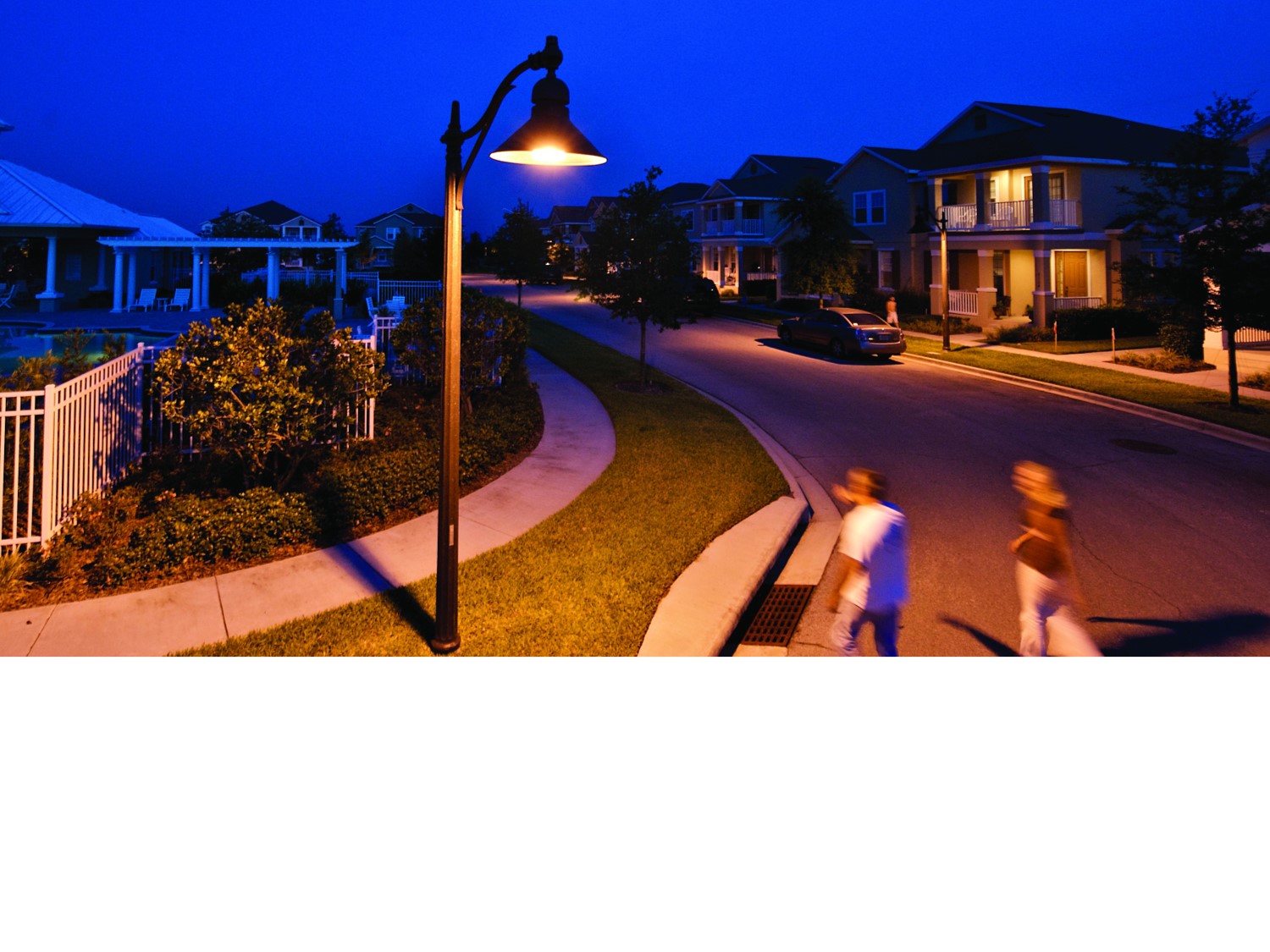
CLTC participated in the 2019 Title 24, Part 11 CALGreen code-development process to incorporate lower CCT standards for certain outdoor lighting applications. CLTC provided key testimony and support during public meetings in support of this specification. Considerable scientific data currently exists indicating that light at night can be a significant issue in terms of circadian disruption leading to poor health and wellness outcomes. Two well-recognized organizations, the International Dark Sky Association and the American Medical Association (AMA) have adopted recommendations for 3,000 K outdoor lighting.
As part of this effort, CLTC examined the CCT issue relative to visual acuity and color rendering for a broad range of CCTs. The objective was to support Title 24 CALGreen updates by understanding and addressing the visual acuity and color quality issues, given that both the attribution and cost issues have largely gone away. During EPIC-sponsored CLTC laboratory activities, a broad range of products between 2,200 K and 6,500 K has demonstrated that similar color rendering, discrimination, and visual acuity can be achieved. The potential advantage is that at 2,200 K, people significantly reduce melatonin suppression relative to typical 4,000 K light sources. In addition, CLTC identified a potential opportunity to increase the amount of horizontal illuminance at 2,200 K, thereby enhancing the opportunity for visual acuity.
For more information, visit the California Energy Commission's 2019 Title 24, Part 11, CALGreen Rulemaking docket.
